Every week, The Mac Weekly sits down with a senior arts major. This week we caught up with art history and classics double major Kelsey Coia. She hails from Arlington, Virginia.
How did you become interested in art?
I think my interest in art stems from my interest in history. In high school, I took a great art history course. It was the first time I solidified my timeline of the world’s history. I like looking at history through visual materials. There are many different ways of learning history; you can read books, do theater or go to museums. Going to museums is my personal preference because you can see items from a historical period firsthand.
What do you find most fascinating about museums?
Because America is a newer country, we have limited access to historical objects embedded in cities. Museums allow us to share our common treasures and are some of the only windows we have into other cultures and time periods. Also, as public institutions, museums aren’t just about education. If they’re good, they inspire visitors with awe for humanity and bring the community together.
What are your favorite art periods?
I studied Latin in high school and I’m a classics major, so I really love ancient Greek and Roman art and architecture. Studying Latin and learning about Roman culture is the foundation toward developing my appreciation for art history. Classical themes and iconography are used to this day. If you understand classical art, you can understand subsequent societies based on how they interpret or engage with the same classical concepts.
I also would’ve liked to be alive at the turn of the 20th century, when all the world exhibitions were going on. There was a lot of personal wealth during that time period, so even office buildings had lots of decorations.
Have you done any traveling?
The past two summers I’ve gone to Israel with the classics department and I’m going back this summer as well. For at least fifteen years, Andy Overman, the chair of the classics department, has taken students to the site of Omrit. The site contains a temple built in three stages, one of which, we think, was built by King Herod in honor of Augustus. When I was there I was doing preservation work on materials previous Macalester students had excavated. I also took a gap year in Rome and went back there in January.
What was Rome like?
There’s so much visible history there. There are sacred sites built on top of sacred sites. The current city maintains similarities with the ancient city. For example, there’s a hospital on the site of the temple of Asclepius, a Greek healing god. There are modern apartment buildings that stand in the shape of an ancient theater. You can even trace the history of materials; bronze from the Pantheon was taken to make the baptistry in St. Peter’s Basilica.
Why did you go back to Rome in January?
I was doing research for my capstone. I also spent time in Copenhagen, London and Paris. I went to museums looking for iterations of a type of sculpture of the goddess Venus. You would think they would be documented, but not all are. The first known example of the sculpture is from 230 BCE and it later became very popular in the late Roman Empire. My goal is to make meaning out of some of the changes in the sculptural form throughout its history. I want to make a statement about the role of Venus in Greek and Roman societies through the sculptural development.
What are your interests and hobbies besides art and history?
I like running, meeting new people and singing in the African Music Ensemble. I’m also taking a linguistics class right now that I love. The goal of the class is to learn Karen, a Sino-Tibetan language, by asking questions about the language to a native speaker. The goal is to simulate language learning in an immigration situation. On the first day, we all solemnly swore to not consult any prior literature about the language in order to lend authenticity to the experience.
What advice would you give to someone thinking about majoring in art history?
Make sure you have a focus. I’m focused on ancient art, but I have peers who are focused on contemporary art and Japanese art. It’s a small department, so professors will help you find opportunities with whatever focus you have.

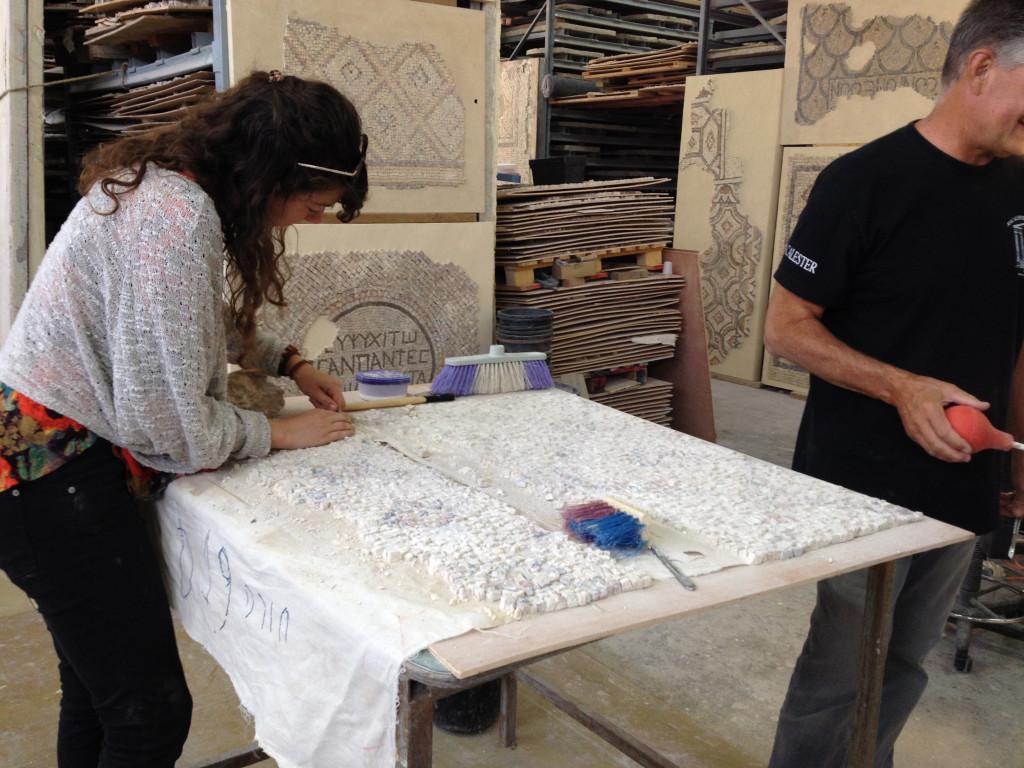
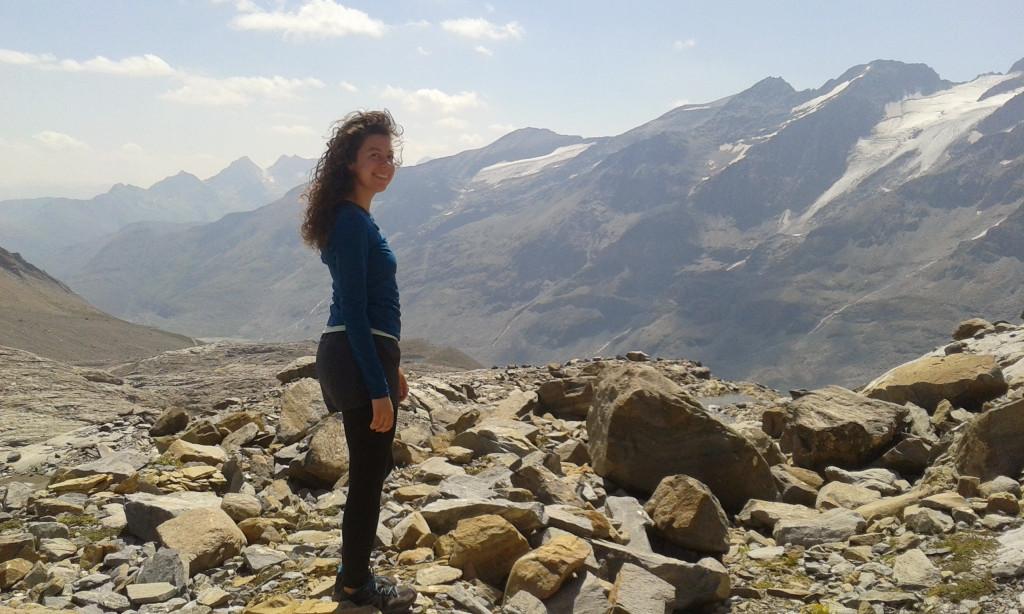



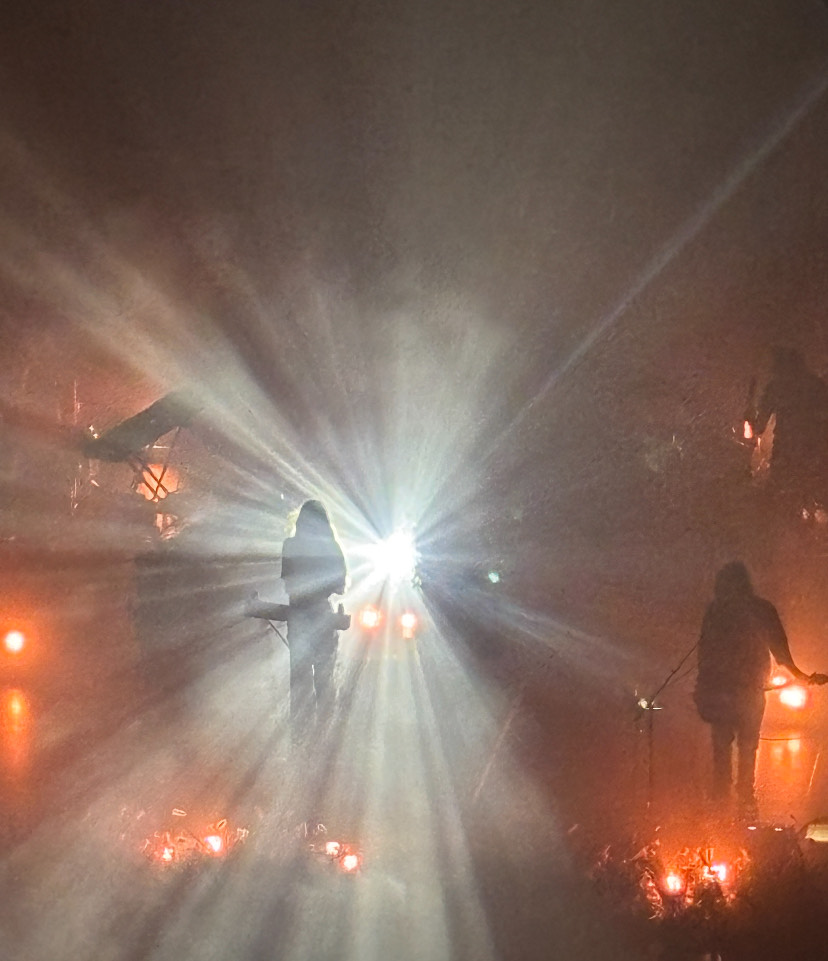

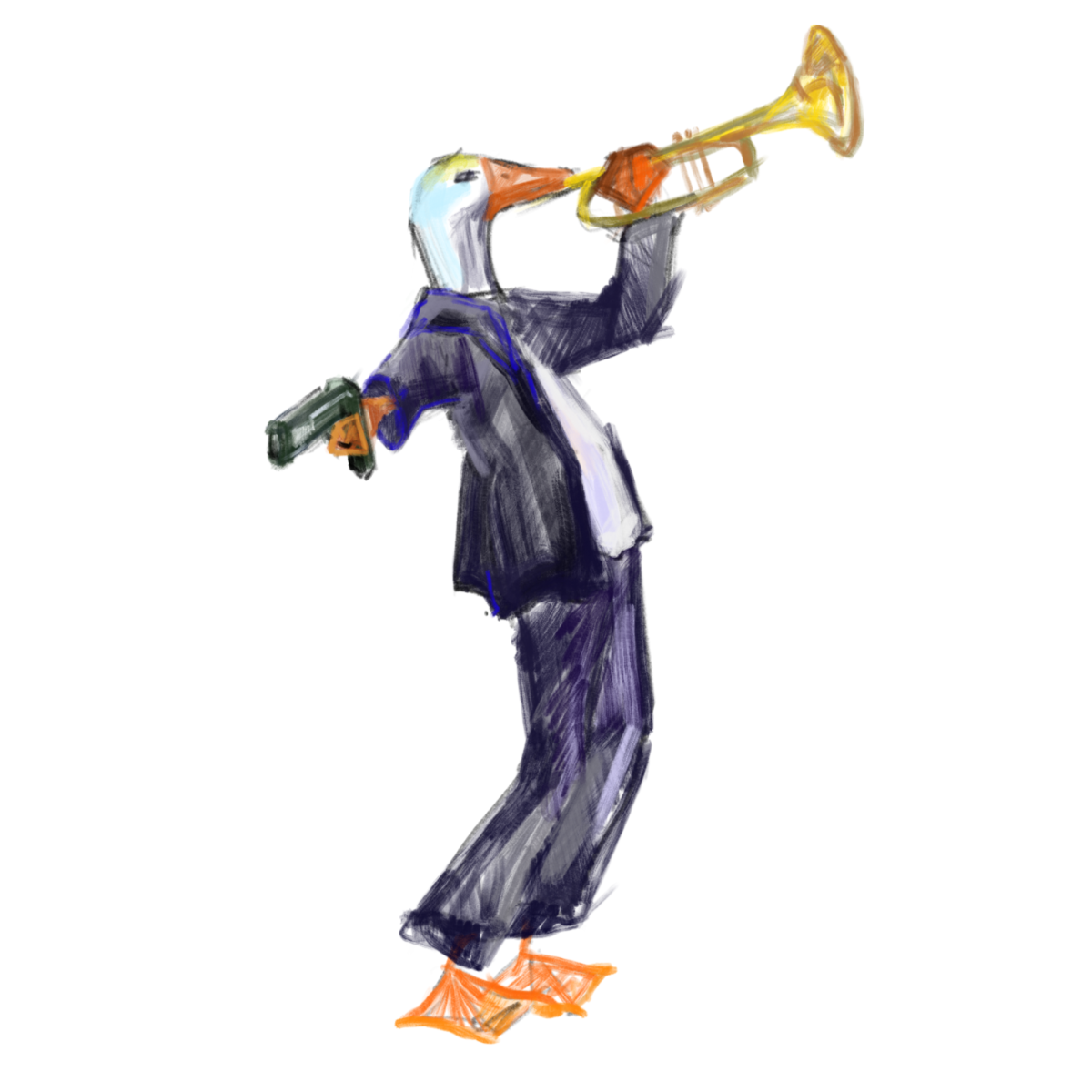
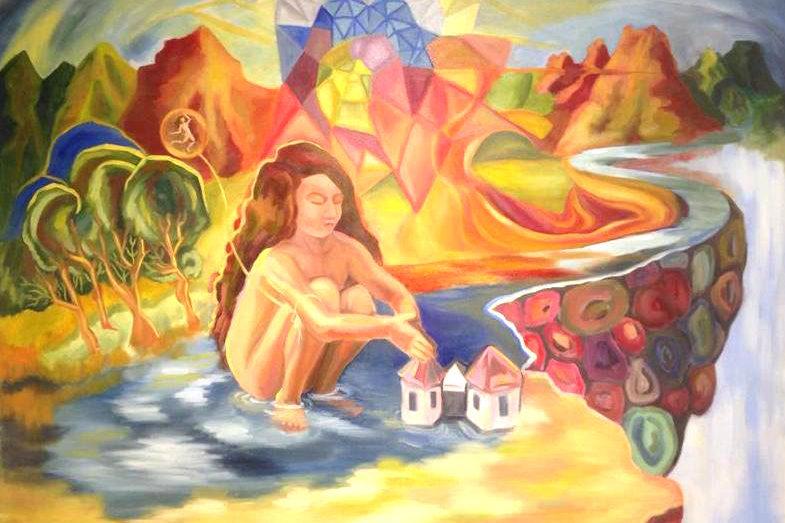
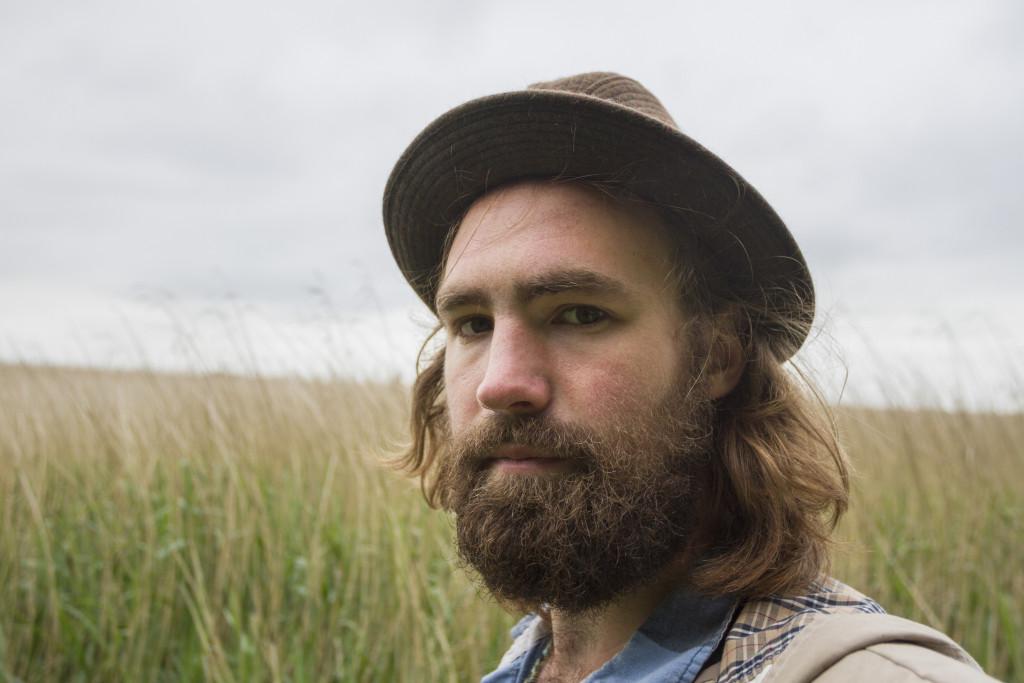
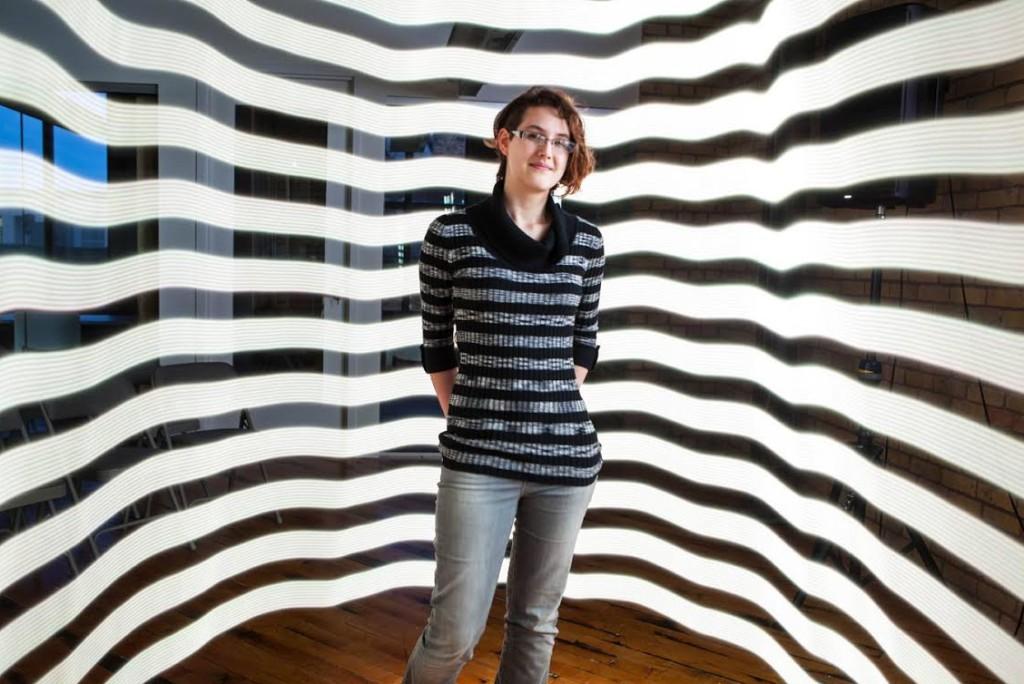
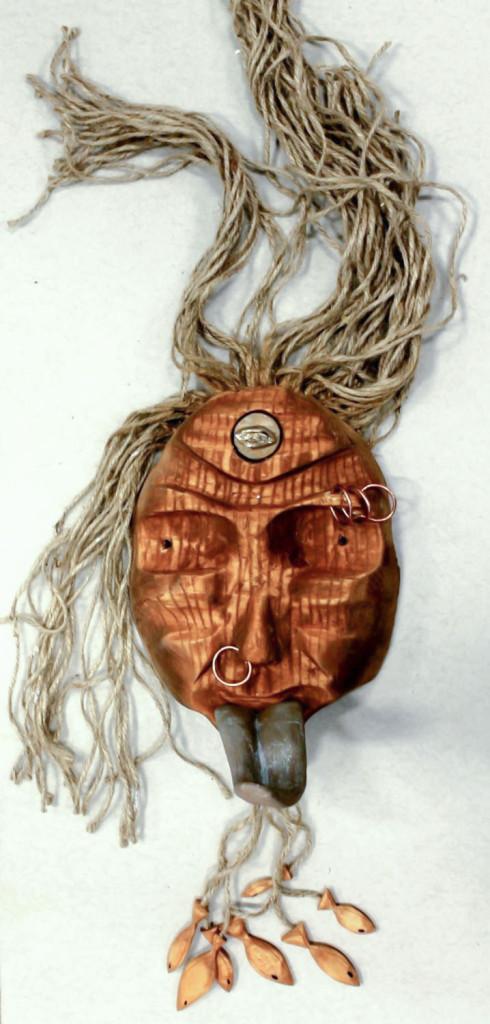
PeterPiperPizzacoupons • Jul 30, 2019 at 4:12 am
Fine post Brian the way you covered all the techniques for website owners.
Skyzonepromo • Jul 29, 2019 at 5:09 pm
Functions anyone obtained any real success from HARO? It merely feels that many of the reporters attached with the organization are usually from the united states which have no much anticipations from other nations specially within South Asia. Brian, can you immediate me to any situation research? Thanks.